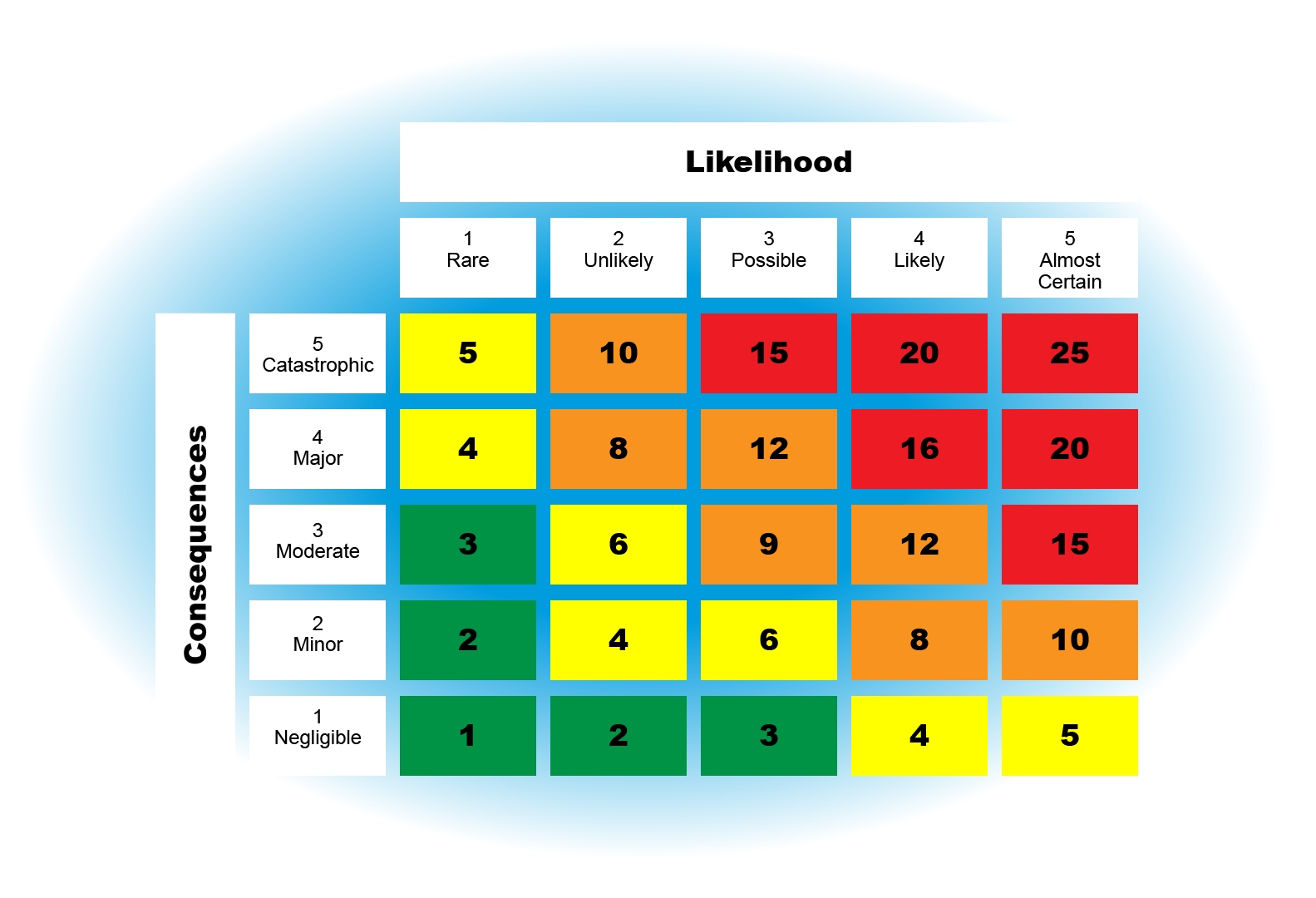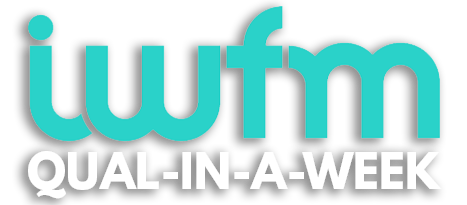Hi,
It’s week two of our series on Health and Safety Risk Assessments and in a moment we’ll be looking at Step 2 of the 5 step process (there’s a theme building up here!). But before we do that I wanted to follow up on some stats I shared a couple of weeks ago.
If you remember, I mentioned that one of the leading online learning platforms, LinkedIn learning, featured a shockingly low number of courses for facilities managers – just 14 courses from a total of over 18,000.
With this in mind, I thought I’d check up on another well-known online training resource – Skillshare.
For those who don’t know, Skillshare is another subscription based online training library. One of the key differences, however, is that anyone can create courses for Skillshare. So you or I could create a course, upload it and – so long as it meets their standards, it will be included in the library.
So surely, I thought, there will be some facilities management training on Skillshare. Surely someone must have created at least one, right?
Well apparently not. Skillshare has even more courses than LinkedIn Learning – over 21,000 at the time of writing – and yet a search for ‘Facilities Management’ yields a grand total of zero courses.
Pretty shocking, really, for an industry which employs so many people (if the UK FM industry was a country, it would be bigger than 25% of the countries in the world by population!).
That’s why we feel our upcoming learning platform, XenZone, is so important. There’s nothing else like it in the world, and the FM industry is poorly served when it comes to training resources other than professional qualifications.
We’re edging closer every week to the XenZone launch date (16th October) but in the meantime you can join the waiting list. There’s no obligation involved, it just means that as we get closer to the launch date, we’ll give you more information about the available courses and the process for joining the platform. We’ll also send you a timely reminder so you can get access as soon as we launch.
To join the list, just click on the big red button below.
Right, time to get on to todays topic. Step 2 of the process is to assess the level of risk.
Assessing Risk
To calculate the level of risk, we have to consider two elements. The likelihood of an event occurring and the consequences if that event did occur.
Each element is given a score from 1 to 5, depending on the likelihood and the consequences.
So if we consider the likelihood first, this is rated on a score of 1 to 5, where 1 would be rare in terms of the likelihood of occurrence and 5 would be almost certain.
For example, if it is very unlikely that an event would occur, we would give the likelihood a score of 1.
We then need to look at the consequences if the event occurred. How severe would they be? Again, this is rated on a score of 1 to 5, where 1 is negligible and 5 would be catastrophic.
We then take these numbers and input them into the Risk Formula. We have covered the risk formula in previous issue back in April. This was in the context of business risk, but the formula is the same for Health and Safety risks. You can read the article here, but to recap, the Risk Formula is as follows:
Using this formula will give you a risk rating, essentially a score that you can use to quantify the level of risk and to work with when implementing control measures to mitigate against the risk.
Let’s take an example to demonstrate how the calculation works.
You are undertaking a risk assessment to identify possible risks in the stairwell of your company offices.
You identify that the stairs themselves present a hazard. People could fall down and injure themselves.
You assess the likelihood of someone falling down the stairs as possible, and give it a score of 3 out of a possible 5.
You then need to assess the potential consequences if someone did fall.
Given that your stairs are quite steep, the fall has a high possibility of resulting in broken bones, so the consequences of the fall could be quite severe.
You decide to award a score of 4, or major.
Using the risk equation above, you would multiply 3 (likelihood) by 4 (severity), giving you a risk rating of 12.
If you look at the risk matrix below, this shows that a score of 12 is medium to high. This means that you need to put controls in place to try and reduce the risk.

“So how do we reduce risk?”, I hear you asking.
Good question – but not one that we’ve got time for this week. We’ll be looking at the next step in the process, Risk Control, in next week’s issue.
Before we wrap up, here’s the usual reminder about our IWFM Level 4 Award Qual-in-a-Week intensive course in November. It’s one week out of the office with no distractions and all assessments carried out as you progress. You can turn up on day one and walk away on day 5 having completed all of the learning and assessment required to achieve your Level 4 Award. Sound interesting?
You can find out more and enrol here
And remember to join the waiting list for XenZone.
Have a great week!
Chris and the Xenon Team
P.S. If you haven’t already studied or started studying for an IWFM qualification, which will cover topics like this in depth and fully assess your understanding, you may want to have a look at our guide to the IWFM Qualifications which will give you a full breakdown of how they work and what’s involved in the different levels. You can download it here.
P.P.S. If you’re already considering taking a qualification but don’t know which level to go for, a good starting point is our One-Minute-Leveller tool, which will ask you a few questions and give you a recommendation based on the result. You can access it here.



